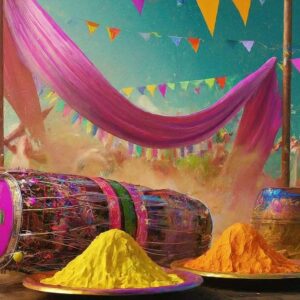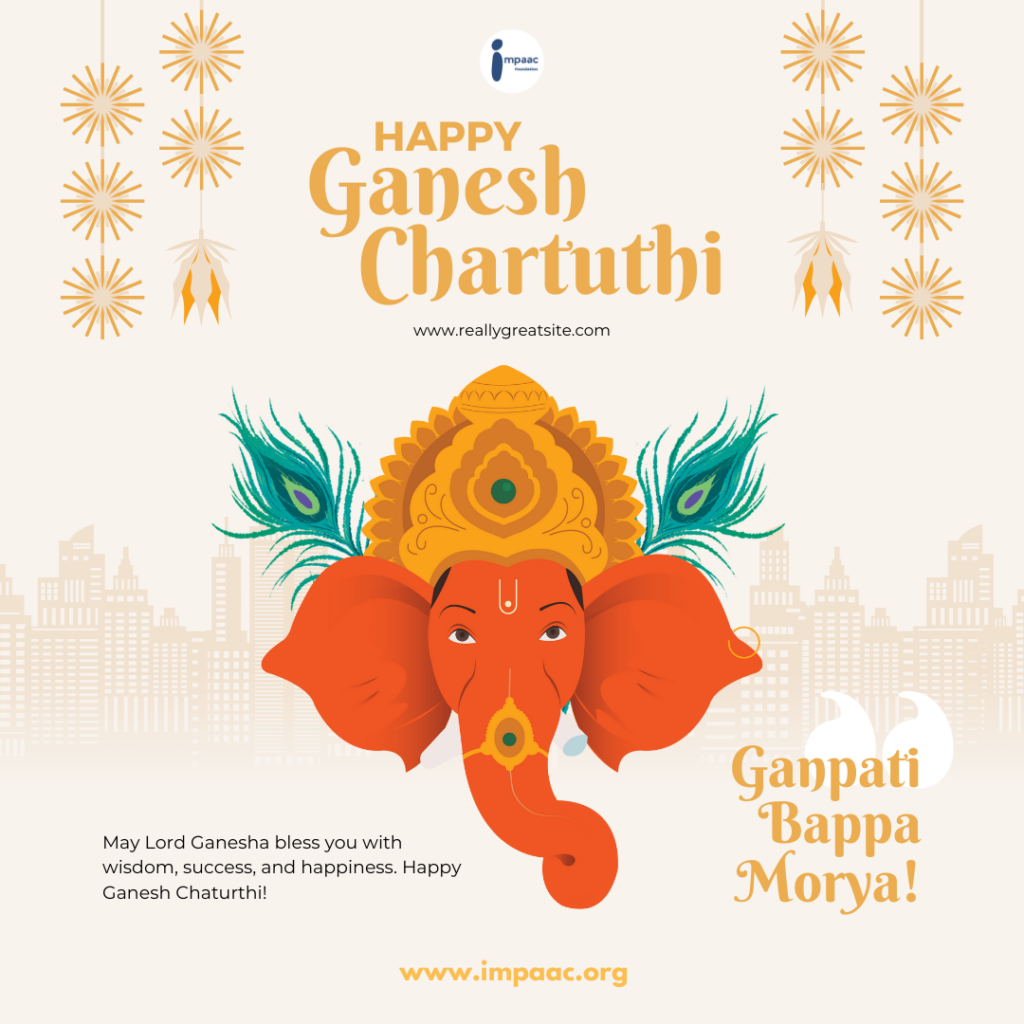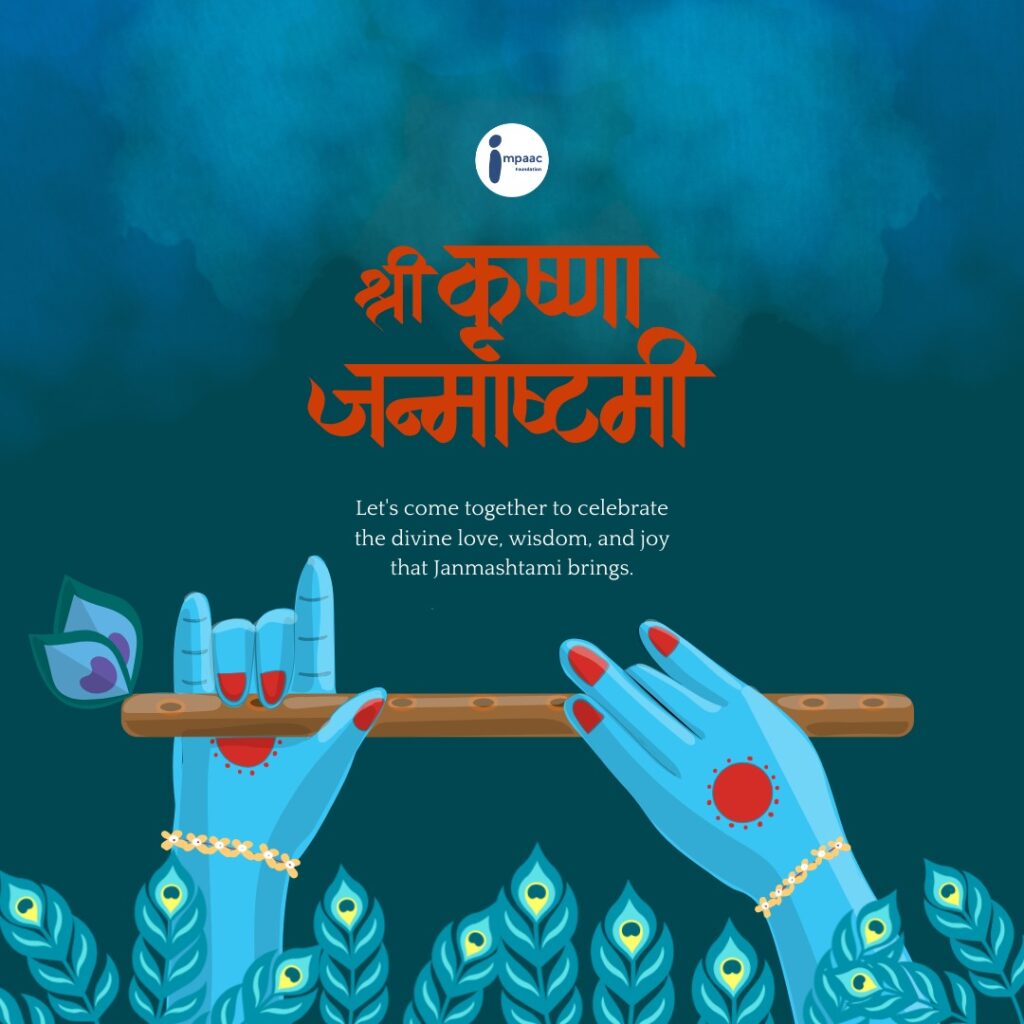Holi: The Festival of Colors – A Celebration of Life and Unity

Holi, also known as the Festival of Colors, is one of the most vibrant and joyous festivals celebrated in India and across the world. With its rich history, symbolic meanings, and thrilling celebrations, Holi brings together people of all ages, religions, and cultures to unite in the spirit of fun, harmony, and love. But what exactly makes Holi so special? Let’s dive in!
The Origins of Holi
Holi traces its roots back to ancient Hindu traditions and mythology. The festival is primarily associated with the Hindu god Vishnu and his incarnation as Narasimha. However, it is also deeply connected with the legend of Prahlad and his evil aunt, Holika. The story goes that Holika tried to burn her nephew Prahlad, a devoted follower of Lord Vishnu, but her evil plans were thwarted, and she was consumed by the flames while Prahlad remained unharmed. This event is celebrated by people lighting bonfires on the night before Holi, known as Holika Dahan, symbolizing the victory of good over evil.
Another famous story linked to Holi is the playful and passionate love between Lord Krishna and Radha. Krishna, who had a dark complexion, would mischievously play with colors, applying them to Radha and other Gopis (female devotees). This tradition of throwing colors has become one of the most popular aspects of Holi today.
The Rituals and Traditions
Holi celebrations last for two days. The first day is Holika Dahan, which marks the triumph of good over evil. Bonfires are lit in public squares, and people gather around to sing and dance, celebrating the victory of virtue.
The second day, Rangwali Holi (or Dhulandi), is the highlight of the festival. People from all walks of life come together to play with colors—throwing powdered dyes and splashing water-filled balloons on each other. Streets, parks, and homes are filled with laughter, music, and the joyful chaos of colors flying everywhere. People greet each other with warm wishes of “Holi Hai!” (It’s Holi!) and enjoy traditional sweets like gujiya and thandai.
The Meaning of Colors
Colors hold deep symbolic meanings in Holi, making the celebration not just an explosion of fun but also a reflection of deeper cultural and spiritual values.
Red symbolizes love and fertility.
Green represents new beginnings and the arrival of spring.
Yellow is associated with knowledge and learning.
Blue is often linked to Lord Krishna, signifying his divine nature.
Pink signifies joy and harmony.
Each color brings its own unique touch to the festival, and as they mix together, they symbolize unity, joy, and the celebration of life itself.
Holi: A Festival of Unity and Togetherness
One of the most beautiful aspects of Holi is its ability to bridge gaps between people. On this day, social barriers such as caste, age, gender, and even religion are temporarily forgotten. People of all backgrounds come together to revel in the vibrant celebrations, sharing in the joy and spirit of inclusiveness. The festival fosters unity, compassion, and a sense of community.
The fun and laughter experienced on Holi transcend any form of division, reminding us of our shared humanity. The colorful powder that covers everyone is a symbol of how our differences blend together to form a more colorful and beautiful world.
Holi Around the World
Though Holi is primarily celebrated in India, the festival has gained popularity across the globe, particularly in countries with large Indian diaspora communities, such as the United States, Canada, the United Kingdom, and South Africa. In recent years, Holi has become a global celebration of fun and togetherness. “Color runs,” “Holi parties,” and events in major cities worldwide now draw people from all walks of life to participate in the joyous event.
International communities have embraced the essence of the festival, celebrating it with music, dance, and, of course, color. Social media also plays a huge role in spreading the vibrancy of the festival, with images of people drenched in colors, dancing to beats, and spreading joy flooding the internet.
The Spirit of Holi: Spreading Joy and Positivity
Holi is not just about colors and festivities; it’s also about spreading positivity, forgiveness, and love. People often use the occasion to patch up old grievances and mend broken relationships. It’s a time for renewal, both in relationships and in personal growth.
The joyous celebrations serve as a reminder to live life with a carefree attitude, to be kind to one another, and to embrace the beauty of diversity. Holi encourages us to take a break from the hustle and bustle of everyday life and appreciate the simple joys—laughter, friendship, and the magical moments of connection.
Conclusion
Holi is more than just a festival; it’s a celebration of life itself. With its dazzling colors, festive music, delicious treats, and heartwarming spirit of togetherness, Holi brings people closer and reminds us all of the importance of joy, love, and unity. Whether you celebrate it in India or at an event in your hometown, the essence of Holi is the same: to color the world with happiness, love, and positivity.
So, as the colors fly and laughter fills the air, let’s celebrate Holi as a reminder to live life in full color.
Happy Holi!




